Uncovering History: Exploring Historical Sites and Landmarks
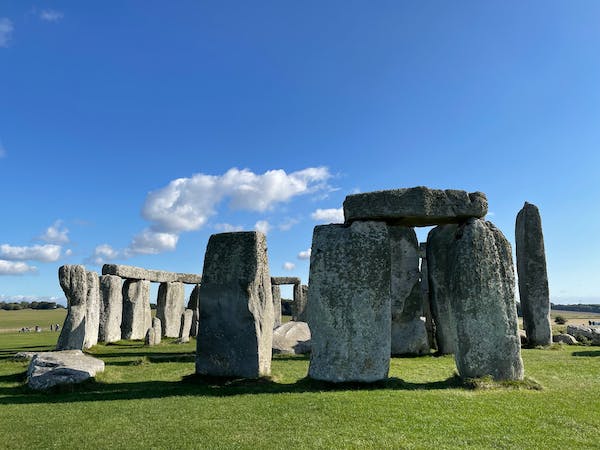
History is an important aspect of human existence, and exploring historical sites and landmarks can help us understand our past better. Historical sites and landmarks are not just places of interest; they are living artifacts that provide valuable insights into the lives of our ancestors.
From ancient temples to medieval castles, every site has a story to tell. In this article, we will explore the importance of historical sites and landmarks and the various subtopics that make them so interesting.
The Importance of Historical Sites and Landmarks
Historical sites and landmarks serve as important reminders of our past. They provide us with a tangible link to our ancestors and give us a better understanding of our cultural heritage.
By exploring these sites, we can learn about the people who built them, their way of life, and the challenges they faced. We can also gain insights into the technological and artistic advancements of the time and appreciate the significance of these sites to the world.
Architecture
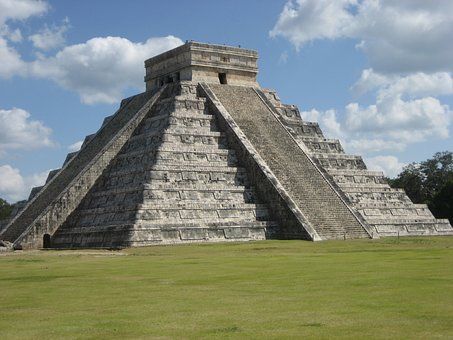
It is the art and science of designing and constructing buildings, and it plays a significant role in shaping our cultural heritage.
Historical sites and landmarks are often known for their unique architecture, which reflects the creativity, ingenuity, and artistic expression of the people who built them.
One of the most fascinating aspects of architecture is the way it reflects the time and culture in which it was created. For example, the Gothic cathedrals of medieval Europe are characterized by their tall spires, pointed arches, and intricate stone carvings.
These architectural features reflect the religious and cultural beliefs of the time, as well as the technological advancements that allowed for such grand structures to be built.
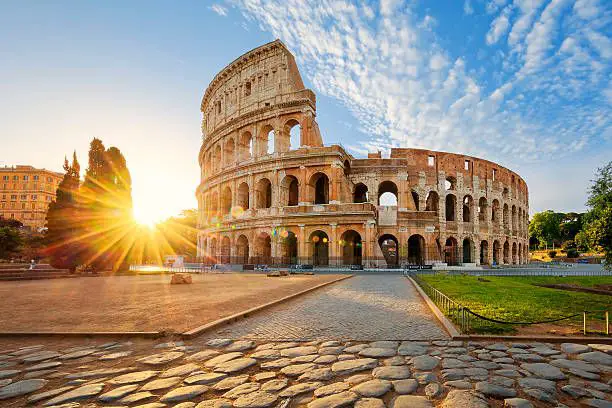
Another interesting aspect of architecture is the way it adapts to local environments and conditions. For example, the adobe buildings of the American Southwest are constructed from locally sourced clay, which provides excellent insulation and helps keep the buildings cool in the hot desert climate.
Similarly, the igloos of the Inuit people in the Arctic are constructed from ice blocks, which provide excellent insulation and help keep the interior warm in the harsh winter climate.
Architecture also reflects the social and economic conditions of the time. For example, the skyscrapers of the early 20th century were built in response to the growing demand for office space in cities.
The use of steel and reinforced concrete allowed for taller buildings to be constructed, which helped alleviate the space constraints of urban areas.
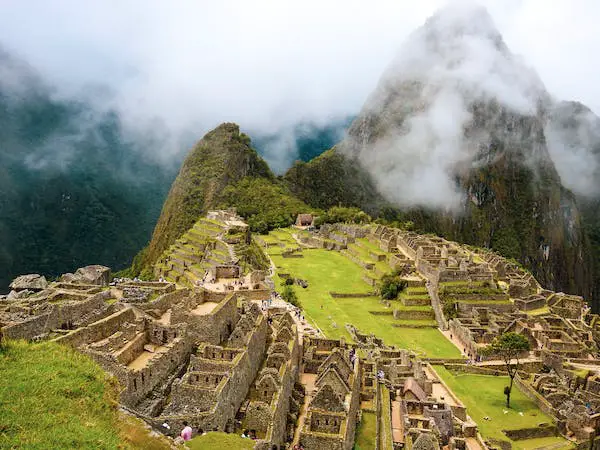
Exploring historical sites and landmarks through the lens of architecture can help us gain a deeper appreciation of the cultural, social, and economic factors that influenced their construction.
By understanding the design principles, materials, and techniques used to build these sites, we can gain a greater understanding of the people who built them and the challenges they faced.
Moreover, we can gain a deeper appreciation for the beauty and artistic expression that architecture represents.
Religion
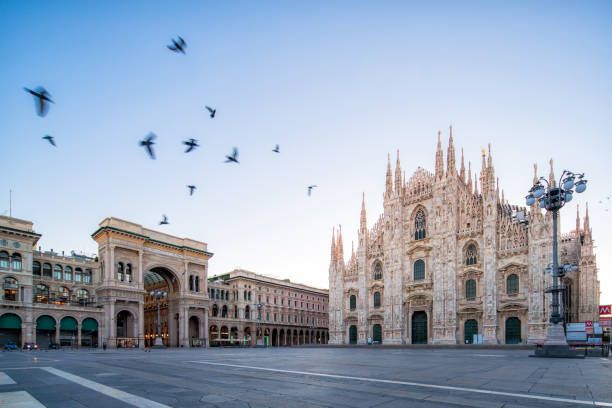
Religion is another subtopic of historical sites and landmarks that is fascinating to explore. Many historical sites and landmarks are associated with religion, reflecting the importance of faith in shaping our cultural heritage.
Religion has been a defining aspect of human history, shaping everything from politics to art, and leaving a lasting imprint on the world's architectural landscape.
Exploring historical sites and landmarks from a religious perspective allows us to gain insights into the religious beliefs, practices, and customs of our ancestors.
For example, the ancient temples of Egypt were built to honor the gods and goddesses that the ancient Egyptians believed controlled every aspect of their lives.
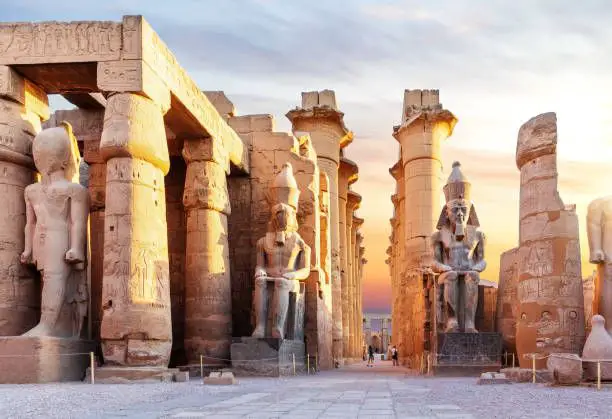
These temples were not only places of worship but also centers of commerce, education, and social activity, reflecting the importance of religion in ancient Egyptian society.
Similarly, the medieval cathedrals of Europe were not only symbols of faith but also served as centers of learning and culture. These grand structures were built to inspire awe and wonder in those who entered them, reflecting the belief that the glory of God could be expressed through the beauty of architecture.
Exploring religious sites and landmarks also allows us to gain insights into the cultural and social context in which they were constructed.
For example, the Buddhist temples of Southeast Asia are known for their elaborate decorations, reflecting the influence of Hindu and other indigenous religious beliefs on Buddhism.
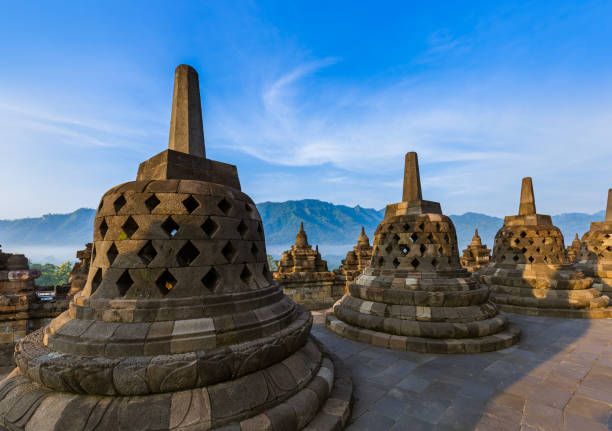
Similarly, the Islamic architecture of the Middle East and North Africa reflects the interplay between religion and politics, as the construction of grand mosques served as a way for rulers to establish their legitimacy and authority.
Religious sites and landmarks also play a significant role in shaping the cultural identity of a community. For example, the ancient city of Jerusalem is considered sacred by Jews, Christians, and Muslims alike, reflecting the importance of this city in the history of the Abrahamic religions.
The city's many religious sites, including the Western Wall, the Church of the Holy Sepulchre, and the Dome of the Rock, are not only places of worship but also symbols of the shared cultural heritage of these three religions.
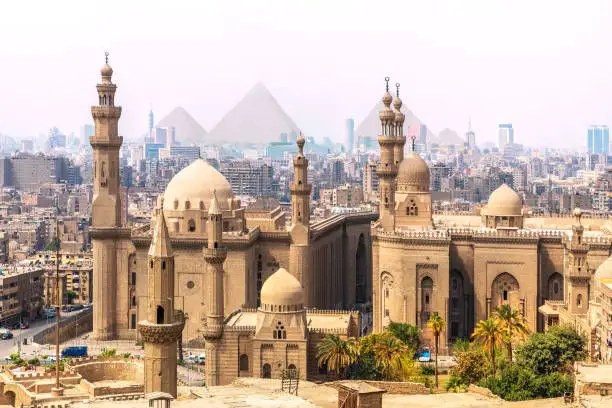
Exploring historical sites and landmarks from a religious perspective can help us gain a deeper appreciation of the role of faith in shaping human history.
By understanding the beliefs, practices, and customs of our ancestors, we can gain a greater understanding of their worldview and the challenges they faced.
Moreover, we can gain a greater appreciation for the beauty and symbolism of religious architecture and the role it plays in shaping our cultural identity.
War and Conflict

War and conflict are unfortunately an integral part of human history, and exploring historical sites and landmarks associated with these events can be a sobering but illuminating experience.
Historical sites and landmarks associated with war and conflict can provide valuable insights into the military strategies, political tensions, and human suffering that have shaped our world.
One of the most famous historical sites associated with war is the Colosseum in Rome. This amphitheater was built in the 1st century AD and was used for gladiatorial contests and public spectacles, including mock battles and reenactments of famous military campaigns.
The Colosseum is a powerful symbol of the brutality of ancient warfare and the willingness of societies to use violence as a form of entertainment.
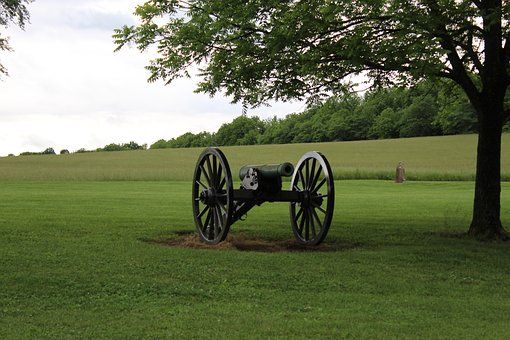
Similarly, the battlefields of World War I, such as the Somme in France and Gallipoli in Turkey, provide a poignant reminder of the human cost of war.
These sites are marked by cemeteries and memorials, each one a testament to the countless lives lost in the pursuit of victory. Visiting these sites can be a humbling experience, reminding us of the need to strive for peace and understanding in the face of conflict.
Historical sites and landmarks associated with war and conflict can also provide insights into the political tensions and power struggles that have shaped our world.
For example, the Berlin Wall, which divided East and West Germany during the Cold War, is a powerful symbol of the ideological divisions that once defined the world.

Similarly, the Hiroshima Peace Memorial in Japan, which marks the site where the first atomic bomb was dropped, is a powerful reminder of the devastating consequences of war and the need for peace.
Exploring historical sites and landmarks associated with war and conflict can be a challenging and emotional experience, but it can also be a valuable way to gain insights into the human condition.
By understanding the military strategies, political tensions, and human suffering associated with these events, we can gain a greater appreciation for the need to strive for peace and understanding in our world.
Moreover, we can gain a deeper appreciation for the sacrifices made by those who have fought and died in the pursuit of a better world.
Art and Culture
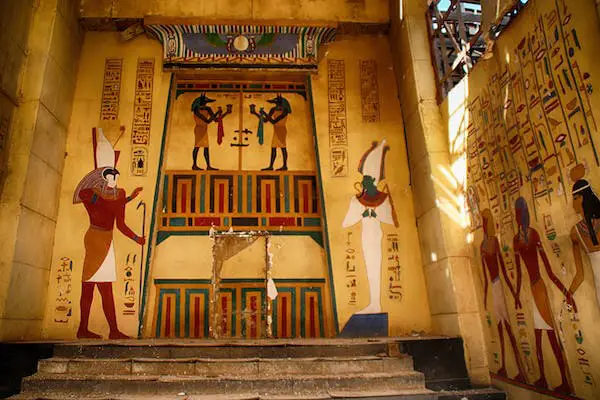
Art and culture are integral parts of human history, and exploring historical sites and landmarks associated with these fields can be a fascinating and enriching experience.
Historical sites and landmarks associated with art and culture can provide valuable insights into the creativity, innovation, and social dynamics that have shaped our world.
One of the most famous historical sites associated with art is the Sistine Chapel in Vatican City. This chapel was painted by the Renaissance master Michelangelo and is widely considered to be one of the greatest masterpieces of Western art.
The Sistine Chapel is a testament to the power of human creativity and the importance of art in shaping our cultural heritage.
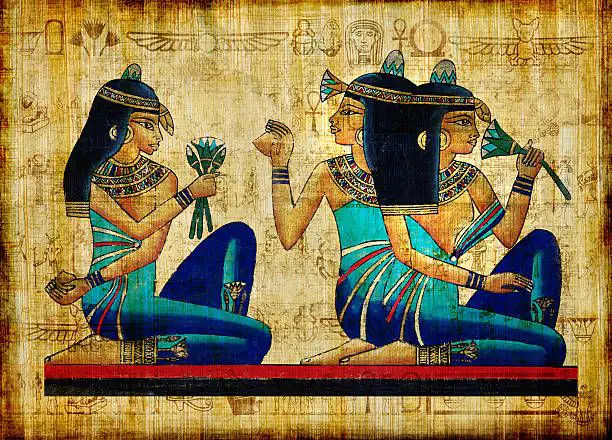
Similarly, the Taj Mahal in India is a masterpiece of Islamic architecture and is widely regarded as one of the world's most beautiful buildings.
This monument was built by the Mughal emperor Shah Jahan in memory of his beloved wife Mumtaz Mahal and is a symbol of the power of love and devotion.
Historical sites and landmarks associated with culture can also provide insights into the social dynamics and cultural practices of different communities.
For example, the ancient ruins of Machu Picchu in Peru provide a glimpse into the daily life of the Inca civilization and their remarkable architectural and engineering achievements.
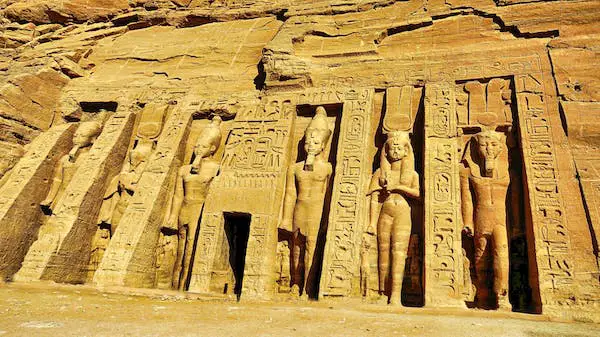
Similarly, the ancient city of Petra in Jordan provides insights into the culture and traditions of the Nabataean people, who carved their city out of rock and flourished in the first century AD.
Exploring historical sites and landmarks associated with art and culture can be a valuable way to gain insights into the creativity, innovation, and social dynamics that have shaped our world.
By understanding the cultural practices, traditions, and beliefs of different communities, we can gain a greater appreciation for the diversity and richness of human experience.
Moreover, we can gain a deeper appreciation for the power of art and culture to shape our perceptions of the world and to inspire us to strive for greater understanding and creativity.
Innovation and Science

Innovation and science have played a crucial role in shaping human history, and exploring historical sites and landmarks associated with these fields can provide valuable insights into the discoveries, inventions, and technological advancements that have changed our world.
One of the most famous historical sites associated with innovation and science is the ancient Library of Alexandria in Egypt.
This library was founded in the 3rd century BC and was considered the largest and most comprehensive library of the ancient world. It housed thousands of manuscripts, including works by famous philosophers, scientists, and mathematicians.
The Library of Alexandria was a hub of innovation and learning, and its loss remains a tragic loss to human history.
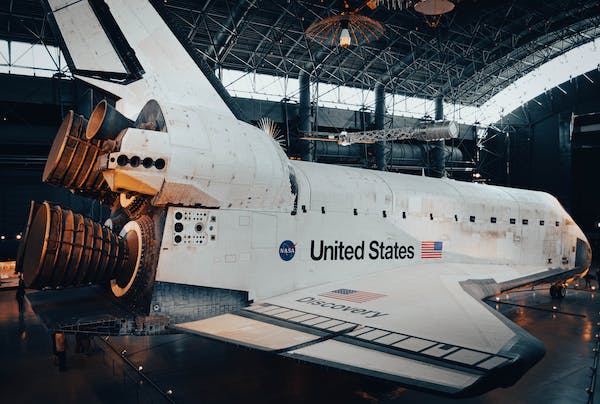
Similarly, the Galapagos Islands in Ecuador are famous for their role in inspiring Charles Darwin's theory of evolution. Darwin visited the islands in the 19th century and observed the unique animal and plant life there, which helped him develop his ideas about natural selection and the origins of species. The Galapagos Islands are a testament to the power of scientific observation and discovery.
Historical sites and landmarks associated with innovation and science can also provide insights into the technological advancements that have transformed our world.
For example, the Edison National Historic Site in New Jersey is the former laboratory of Thomas Edison, the inventor of the light bulb and many other groundbreaking inventions.

This site provides a glimpse into the mind of one of the greatest innovators in history and a reminder of the power of creativity and ingenuity.
Exploring historical sites and landmarks associated with innovation and science can be a valuable way to gain insights into the discoveries, inventions, and technological advancements that have changed our world.
By understanding the impact of science and innovation on our lives, we can gain a greater appreciation for the importance of curiosity, experimentation, and creativity in driving progress and advancing human knowledge.
Moreover, we can gain a deeper appreciation for the power of innovation to transform our world and to shape the future of human history.
Conclusion
Exploring historical sites and landmarks can be a fascinating and enriching experience that provides valuable insights into the events, people, and ideas that have shaped human history.
Whether it's exploring ancient ruins, visiting famous museums, or touring historic sites associated with religion, architecture, war, art, culture, innovation, and science, these experiences can deepen our understanding of the world around us and inspire us to appreciate the diversity and richness of human experience.
Moreover, exploring historical sites and landmarks can help us appreciate the power of human creativity, innovation, and resilience in the face of challenges and adversity. By learning from the past, we can gain insights into the challenges of the present and the opportunities of the future.
In conclusion, exploring historical sites and landmarks is a valuable way to connect with our shared human history and to appreciate the rich tapestry of cultures, ideas, and achievements that have shaped our world.
It is an opportunity to learn, grow, and be inspired by the remarkable people and events that have contributed to our collective heritage, and to gain a deeper appreciation for the power of human imagination, creativity, and perseverance.
